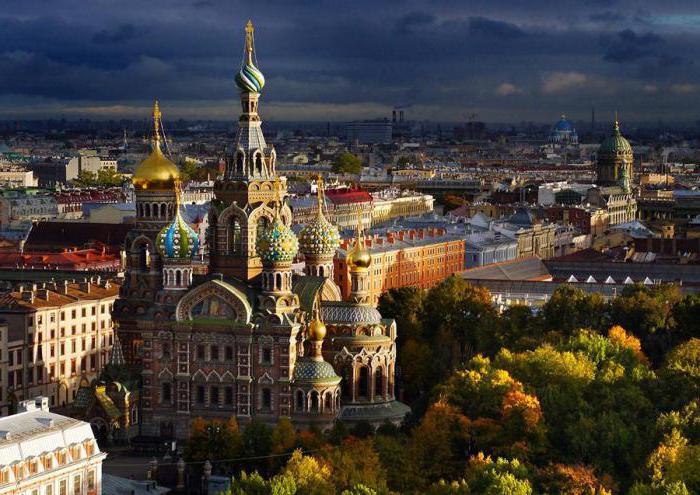
St. Petersburg is the most important scientific, financial, cultural and transport center of Russia. What is the real population of St. Petersburg? How has the number of inhabitants of the city changed in past centuries?
According to preliminary data, the population of St. Petersburg is (as of January 1, 2017) 5 million 262 thousand 127 people.
If we talk about the demography of St. Petersburg, then inIn this plan, the Northern Capital of Russia can boast several records at once. Firstly, it is the most northern city on the planet, a millionaire city. And secondly, St. Petersburg is the largest population center in Europe, if one does not take into account the capitals of states.

According to the scientists' forecasts, in 2020 the population of St. Petersburgcan approach the 6-million mark. True, many experts argue that in reality in the city there are 6 to 6.5 million people (taking into account illegal migrants and temporary workers).
The first people settled in the territory of the moderncity 12 thousand years ago, immediately after the retreat of the last glacier. Since the VIII century, the banks of the Neva have been actively populated by the Eastern Slavs.
Officially the city of St. Petersburg was laid in1703 year. In the first decades, the whole life of the future metropolis was concentrated within the present Petrograd island. It was there that the Winter and Summer palaces of Peter the Great were built, the first city shipyards were laid. In 1712, St. Petersburg received the status of the capital of Russia.

During the 18th century, the city grew rapidlyand increased in size. By 1800, its population was already over 200 thousand people. At that time, the city tried to imitate the Western, European fashion in everything: it was considered a bad form to grow a beard, and the nobility wanted to talk to each other only in French.
In 1923, the number of residents of St. Petersburgfirst reached a mark of one million people. With the advent of Soviet power, the city lost the status of the capital, was renamed Leningrad, became "overgrown" by industrial enterprises and communal apartments.
Women, according to the results of the last census, inSt. Petersburg more. The ratio is approximately the same: 45% by 55% in favor of the fair sex. The inhabitants of the Northern capital are educated people. About 70% of them have a higher education.
The population of St. Petersburg is multinational. At least two hundred ethnic groups and communities are registered in the city. In the national structure of the inhabitants of St. Petersburg, Russians dominate (they are about 85% here), followed by Ukrainians (about 2%), Byelorussians, Jews, Tatars and Armenians.
In St. Petersburg, quite a few so-calledguest workers (temporary employees who came from other countries or cities). Such people, according to various estimates, in the city there are from 0.5 to 1 million. Among the foreign gastarbeiters in St. Petersburg, most Uzbeks, Tajiks and Ukrainians.
Average life expectancy atSt. Petersburg is quite large (by Russian standards) and is 74 years old. To date, the city lives about 300 long-livers (citizens who turned 100 years old) and another 20 thousand people between the ages of 90 to 100 years.
</ p>